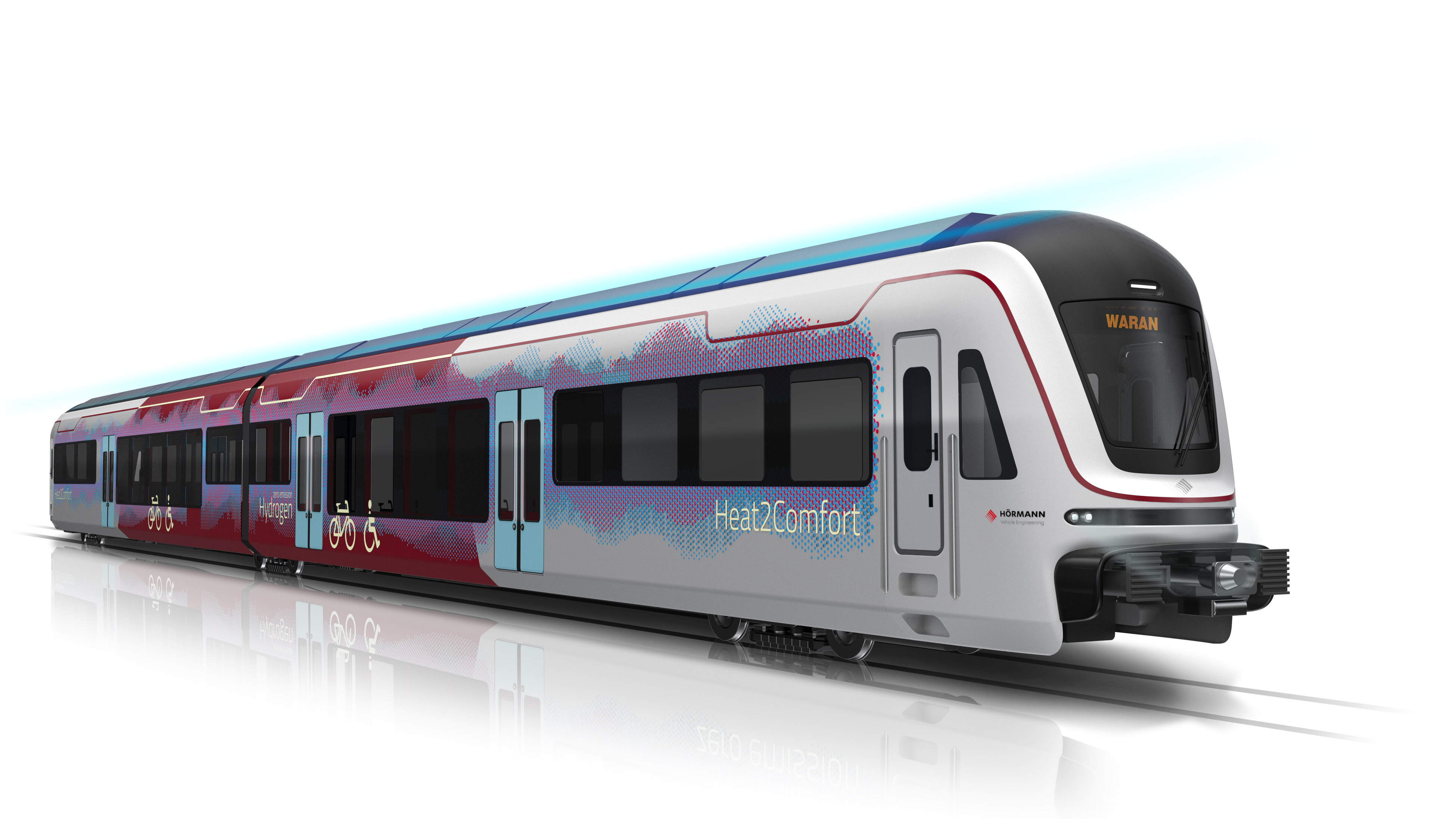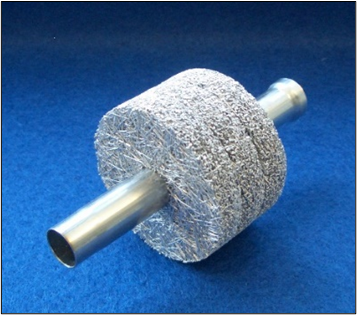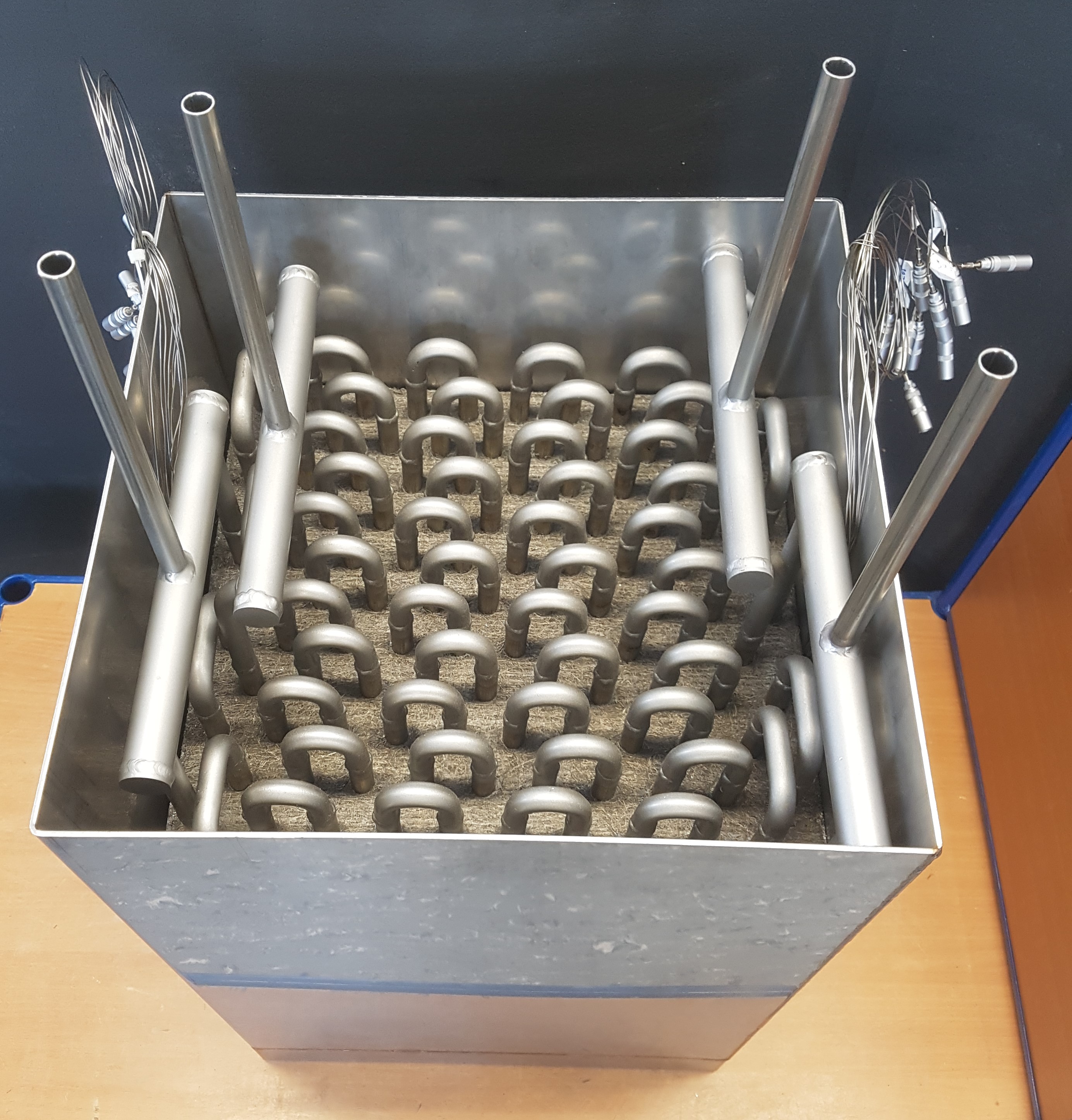
In addition to electrification, the decarbonization of railroad transportation also includes the use of alternative power sources such as fuel cells, especially for regional transport lines that cannot be electrified.
In the joint project "Heat2Comfort", the minimum range of fuel cell powered trains is to be increased by 20 % through a new approach to using waste heat for vehicle air conditioning. The aim is to improve passenger comfort from both a thermal and acoustic perspective. The central idea behind this new approach is to effectively utilize the waste heat from the fuel cell to regulate the temperature of the vehicle cabin. A predictive and adaptive air conditioning control is to be implemented in this system, which consists of complex dependencies, in order to achieve the highest possible degree of utilization of the waste heat.
On this basis, the new concept of media-fed thermal activation for railway vehicles can be used for the first time. Heating the medium via the cooling circuit of the fuel cell enables warm surfaces in winter operation with an extremely low supply of electrical energy. Another innovation is the cooling of the medium and thus the thermally active components in summer operation by an absorption cooling machine. Additionally, this system is driven by the cooling circuit of the fuel cell, which means that the waste heat can also be used for interior air conditioning during summer operation. Furthermore, this system does not require a cooling compressor, which results in much quieter operation.
 Fraunhofer Institute for Manufacturing Technology and Advanced Materials IFAM
Fraunhofer Institute for Manufacturing Technology and Advanced Materials IFAM
